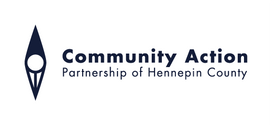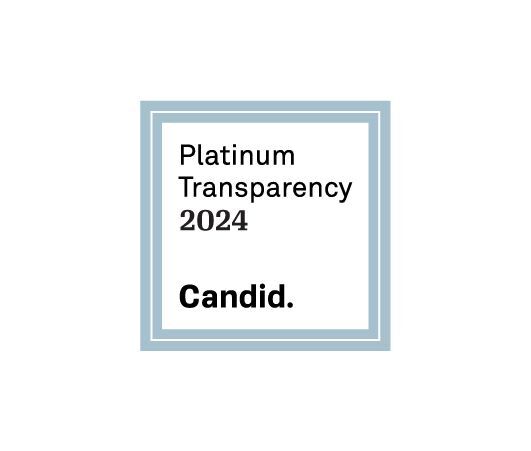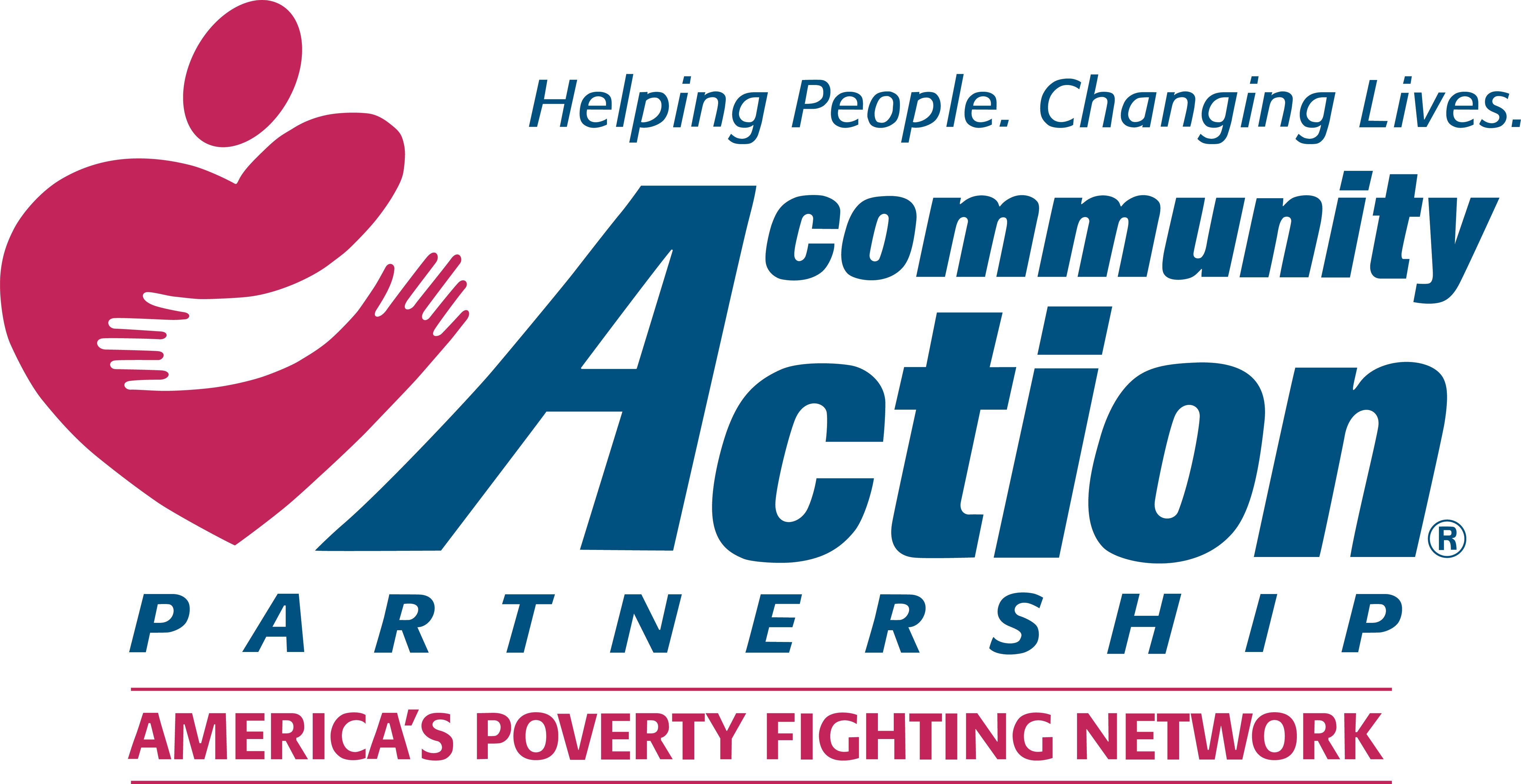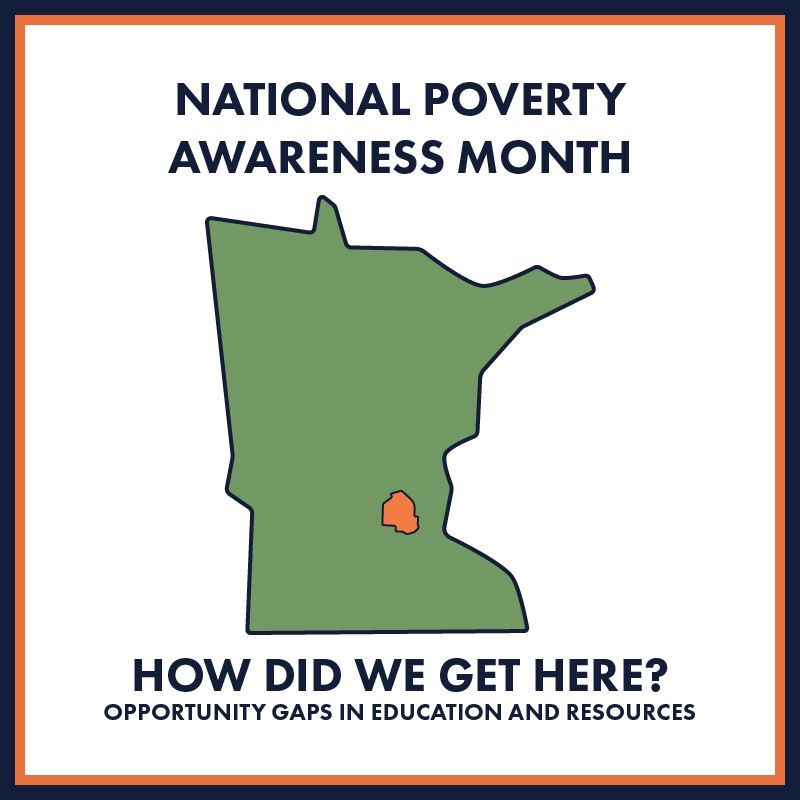
LESS FUNDING FOR SCHOOLS IN LOW-INCOME AREAS
Inequities in access to opportunity start young. Schools in low-income areas often have less local and state funding available, creating gaps in opportunity and resources in the area. Minnesota has made several attempts to reform and equalize funding and class size. However, gaps in education outcomes persist—Minnesota has one of the worst opportunity gaps in the nation.
FREE AND REDUCED LUNCH ELIGIBILITY AND POVERTY
Eligibility for free and reduced lunch strongly correlates with the number of houseless students and students affected by poverty. The top three districts with the highest houseless student populations, highest student of color populations, and number of students eligible for free and reduced lunch meals are the same, and in the same order: Minneapolis school district, Anoka Hennepin school district, and Osseo school district.
POSTSECONDARY EDUCATION
In 2020, White students were the most common racial group awarded degrees at postsecondary institutions in Hennepin County, with 25,525 degrees total. There were nearly 3 times more degrees awarded to White students than the next closest race/ethnicity group, Black or African American, with 8,764 degrees awarded.
BROADBAND CONNECTIVITY
25% of Hennepin County residents lack quality broadband access. Lack of quality internet in a technologically progressive society affects the opportunities available and accessible both in work and schooling for residents without access, especially during the pandemic.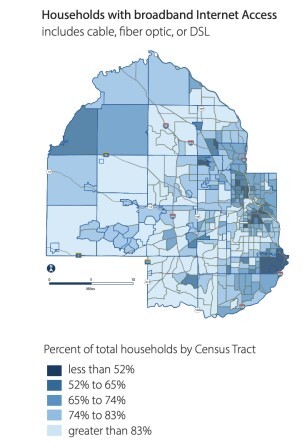
TRANSPORTATION
Hennepin County residents also need public transportation resources. Minneapolis residents have the highest use of public transportation in Minnesota, with an average of 14.7% to 34.4% of commuters who use the transit system.
Sources: “Osseo schools could approve a new racial equity plan,” MPR News, A Statewide Crisis: Minnesota’s Education Achievement Gap, “Minnesota’s education system shows persistent opportunity gaps by race,” Federal Reserve Bank of Minneapolis, Integrated Postsecondary Education Data System (IPEDS) Completions, Hennepin County, Data USA
